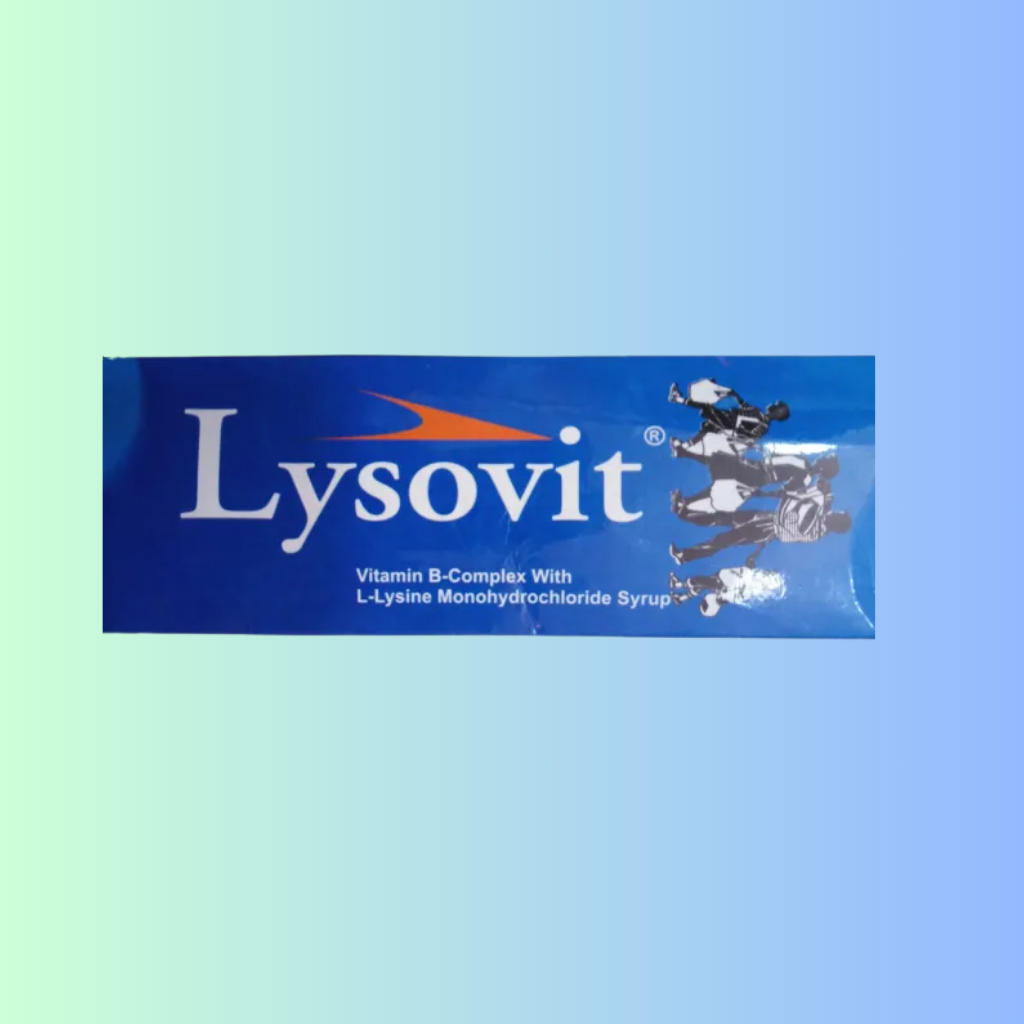MYLEIN
Short Uses/Implications of Myelin (and related medical contexts):
Myelin is a crucial insulating layer or sheath that forms around nerve fibers (axons) in the brain, spinal cord (central nervous system, CNS), and peripheral nervous system (PNS). It’s primarily composed of lipids (fats) and proteins, giving it a white appearance (hence the term “white matter” in the brain).
₨180.00
Ask about productDescription
Myelin is a crucial insulating layer or sheath that forms around nerve fibers (axons) in the brain, spinal cord (central nervous system, CNS), and peripheral nervous system (PNS). It’s primarily composed of lipids (fats) and proteins, giving it a white appearance (hence the term “white matter” in the brain).
Think of myelin like the plastic insulation around an electrical wire. Its primary functions are:
- Rapid Signal Transmission: Myelin allows electrical impulses (action potentials) to transmit quickly and efficiently along nerve cells. In unmyelinated nerves, signals travel continuously, but in myelinated nerves, they “hop” from one gap in the myelin (called a Node of Ranvier) to the next, a process called saltatory conduction, which significantly speeds up communication.
- Protection and Insulation: It acts as a protective barrier for the nerve fibers, preventing the electrical signals from escaping and maintaining their strength as they travel.
- Support and Nourishment: Myelinating cells (oligodendrocytes in the CNS and Schwann cells in the PNS) also provide trophic (nutritional) support to the axons.
When myelin is damaged, these electrical impulses slow down or stop, leading to impaired nerve function. This damage is known as demyelination.
Think of myelin like the plastic insulation around an electrical wire. Its primary functions are:
- Rapid Signal Transmission: Myelin allows electrical impulses (action potentials) to transmit quickly and efficiently along nerve cells. In unmyelinated nerves, signals travel continuously, but in myelinated nerves, they “hop” from one gap in the myelin (called a Node of Ranvier) to the next, a process called saltatory conduction, which significantly speeds up communication.
- Protection and Insulation: It acts as a protective barrier for the nerve fibers, preventing the electrical signals from escaping and maintaining their strength as they travel.
- Support and Nourishment: Myelinating cells (oligodendrocytes in the CNS and Schwann cells in the PNS) also provide trophic (nutritional) support to the axons.
When myelin is damaged, these electrical impulses slow down or stop, leading to impaired nerve function. This damage is known as demyelination.
Additional information
| form | PACK |
|---|








Reviews
There are no reviews yet.